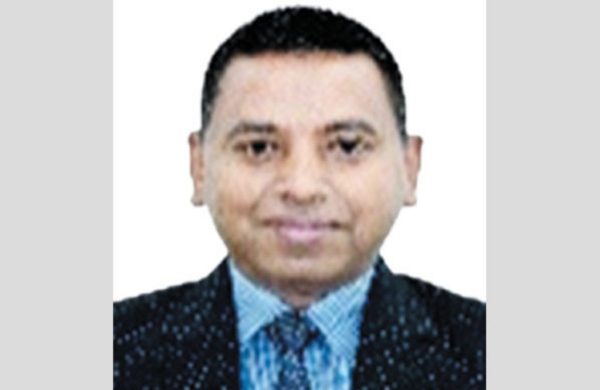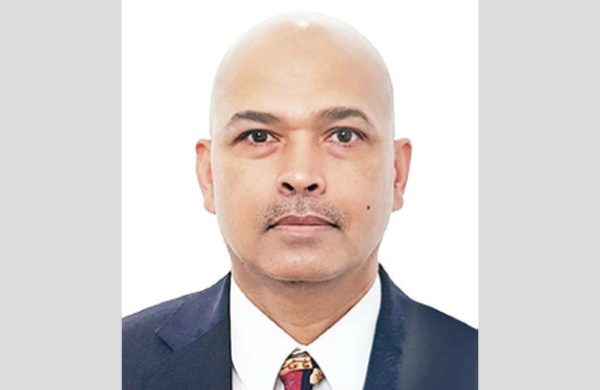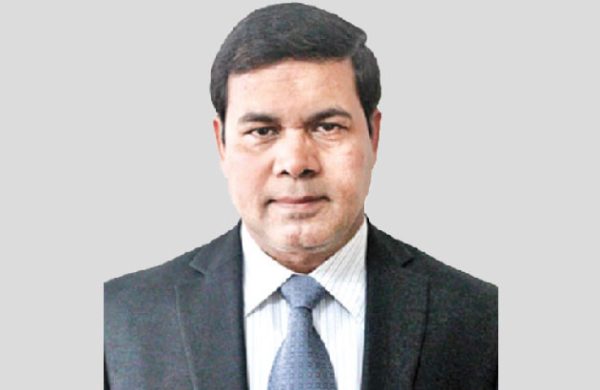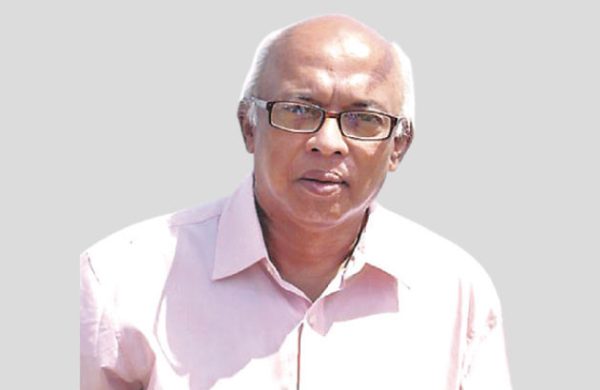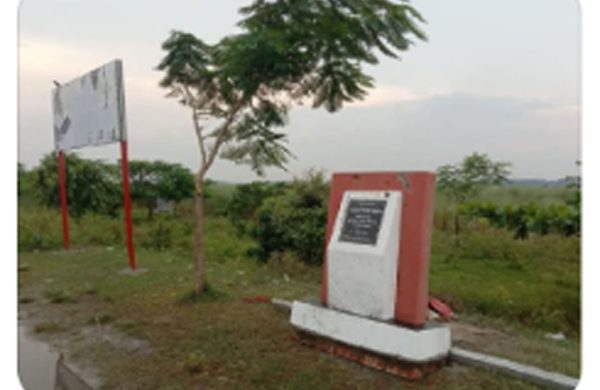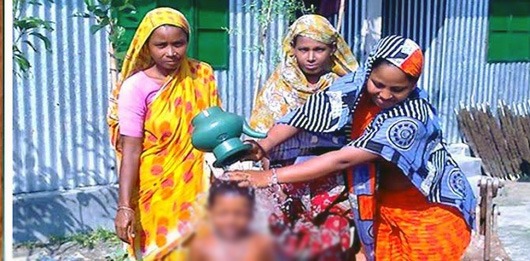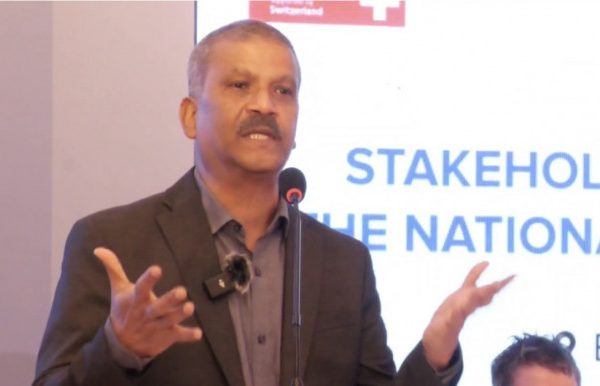To combat poverty, we need to revamp social protection
- Update Time : Friday, April 4, 2025

—Farah Kabir, Nazmul Ahsan—
A Bangladesh Bureau of Statistics (BBS) report published this year states that around 19.2 percent of the population is living below the poverty line. Two-third of the population in this category are likely to be under the age of 30. According to the BBS report, Narsingdi, Pirojpur, Kishoreganj, Chapainawabganj, Jhalakathi, and Panchagarh are the most poverty-stricken districts.
Stamping out poverty has been a core development agenda in Bangladesh, with programmatic interventions taken in the last five decades. However, poverty remains the biggest adversary despite government, international and local NGOs, and the private sector efforts. Besides, climate change and vulnerability, with gender, social, and power dimensions, have repeatedly negatively impacted the poor.
According to the 2024 Multidimensional Poverty Index by the United Nations Development Programme (UNDP), 6.5 percent of the Bangladeshi population suffers from severe multidimensional poverty, and 18.2 percent of the population is vulnerable to multidimensional poverty. The Covid pandemic pushed a significant number of the population below the poverty line. Many of them continue to struggle to return to the previous life standard they used to maintain. Three years later, they are facing high inflation and limited job opportunities, resulting in dire consequences, particularly for the low-income group. A 2024 study by the Research and Policy Integration for Development (RAPID) highlighted that over the past two years there has been a real income reduction due to ongoing inflationary pressure thereby pushing at least 7.8 million people into the poverty bracket, and around one crore people are at risk of slipping below to the poverty line.
A 2022 study conducted by the Bangladesh Institute of Development Studies (BIDS) reveals that out-of-pocket expenditures for basic services have added an extra burden. Soaring healthcare expenses pushed 61 lakh people into the poverty bracket. Out-of-pocket health expenditure increased by 73 percent in 2021 compared to 56 percent in 1997. It is the second highest in South Asia after Afghanistan, which may be attributed to the pandemic years. Meanwhile, the out-of-pocket expenditure increased by 51 percent for secondary education and 25 percent for primary education, as per a study conducted by Education Watch in 2023. In addition, the Global Education Monitoring Report 2022 reveals that Bangladeshi families bear 71 percent of the total education expenses. Such increases in cost perpetuates the existing poverty cycle. Challenges such as corruption, inefficiency, and accessibility issues are impacting the poverty cycle repeatedly.
Social safety net projects run by the government may have mitigated the difficulties to some extent. Yet, these measures are far from actually removing the complex challenges faced by the poor. Moreover, the efficacy and efficiency of the various projects remain questionable. Recipients’ complaints about the pilferage of resources and inadequacy on all levels often make the projects ineffective.
Besides, many marginalised groups face multiple levels of exclusion in their public and private life. Therefore, the communities at the frontline, affected by the exclusion, are calling for a comprehensive social protection mechanism to challenge poverty. One suggestion has been to revamp existing public service institutions to provide quality public services and design new ones for vulnerable groups. In addition, an extensive review of the existing programmes suggests adjustments should be a prerequisite. A recently published study (November 2024) by the Centre for Policy Dialogue (CPD) suggests operationalising universal basic income in Bangladesh to promote social equity, streamline government processes and advance social protection mechanisms among others.
How the social protection mechanism could be made efficient remains a major question. In 2015, the government adopted the National Social Security Strategy (NSSS), which encompasses strategies for environmental protection and climate change management, disaster management, children with special needs, elderly, and widows, etc. Now, it requires review and deep critical analysis with solutions.
The efficiency of the social protection mechanism depends on the programme itself. In the present context, is it aligned with the national adaptation strategy? The climate crisis is not a matter of the future but a reality today; therefore, government schemes and interventions have to factor in climate risk. Global warming has impacted all aspects of the value chain in different production sectors, thus putting work/jobs at risk. The informal sector mostly has unskilled and semi-skilled employees, which has created a level of vulnerability that calls for new and varied measures. Poor people cannot afford not to work; thus, in extreme heat and amid pollution, they continue working. This impacts their productivity and health, consequently increasing their expenses, including health-related ones.
Accountable governance practices and quality public service delivery mechanisms are the two most essential elements, along with progressive taxation policy for resource mobilisation to address the plight of the poor. These elements also help achieve the full potential of the social safety net meant to contribute to the most marginalised communities and enable the realisation of their basic rights by following the life-cycle approach. Quality education, health, agriculture, and other livelihood-related services may contribute to developing comprehensive and inclusive social protection mechanisms for the most marginalised communities and build their resilience to reduce vulnerabilities.



